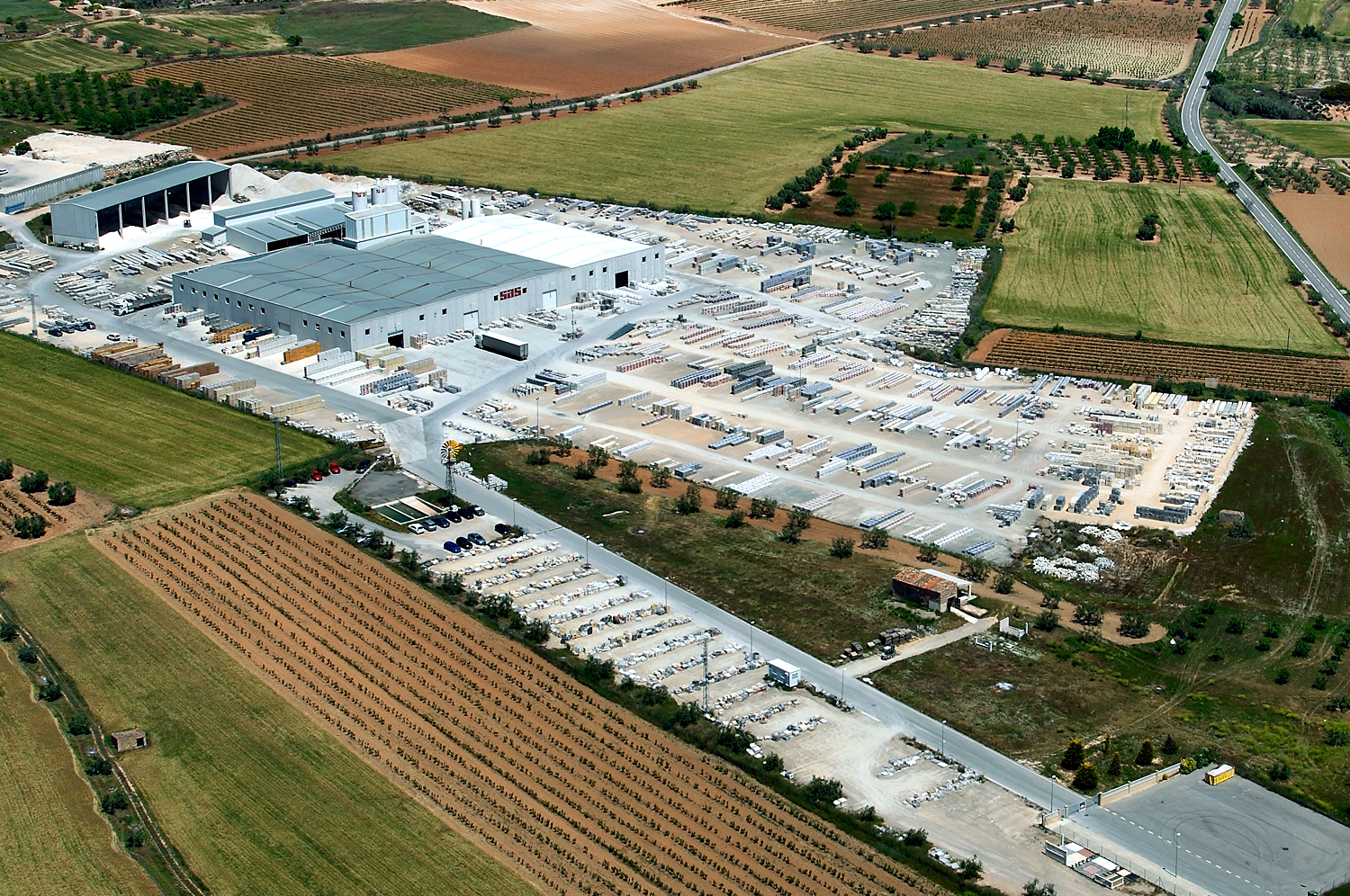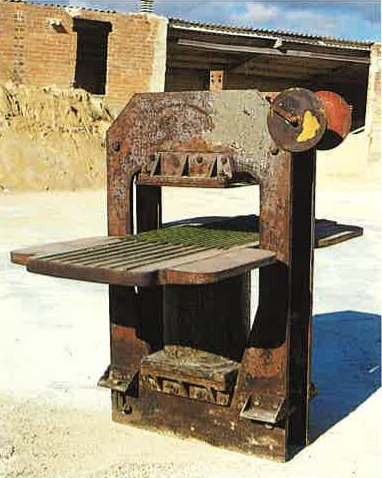
Concrete prefabrication as opportunity (Part II)
From 200 to 1000 revolutions: when numbers make the difference
Technological innovation and quality: the secrets of SAS – Prefabricados de Hormigón’s success
Since the beginning of the 20th century, the Catalan company SAS – Prefabricados de Hormigón works constantly to improve the concrete prefabrication techniques, evolving both the production technologies and the products, and being responsive to consumers and market needs. The improvement and optimization of the production time becomes the first and main objective of the company. Today, products standardization, quality and, above all, automation are the goals of the new SAS generation.
In the history of SAS, the idea of prefabrication was born in a very specific moment of the country: between the 50s and 60s, decades characterized by an atrocious postwar and a very important economic and social delay. In 1959, the Stabilization Plan created the basis for the country evolution, favoring trade and financial liberalization. In the same period there is the explosion of massive tourism phenomenon and the consolidation of a new middle class. People wanted to improve their flats, to own a second residence, to go on vacation, etc. and this, surely, created new demands for building materials. But we still cannot define it as a conscious need of prefabricated elements.

In parallel with products, SAS stand out for its innovative attitude in the field of production technologies. The artificial stone technique was entirely based on a handmade process, as far as the first hydraulic presses introduced for the production of mosaic at the beginning of the century. Later on, those presses, properly adapted, allowed the production of two hundred 20 x 40 cm windows per shift of 8 hours.
And finally, Joan Sas y Contijoch introduced a series of completely innovative procedures thanks to the high frequency vibrating machines that he designed and built. This technology made possible to produce higher quality products, surpassing the supply of competitors, winning numerous European awards and consolidating its international fame.
In just a century, SAS has been able to pass from completely manual processes, to semiautomatic machines to today’s robotized ones. But not only the production technologies have been changing, as for example the machines by the displacement of the products, which is now completely automatic. In collaboration with German and Italian companies, it has been possible to create a displacement system that works with the principle of baggage collection tape, in order to minimize the manual intervention of workers.
The concept of prefabrication – commented the current president of SAS, Joaquim Sas– was born to improve the quality of products and constructions, to respond to a growing demand of the market and to satisfy customers. I prefer a serialized product to a craft one – Joaquim said – because if the craftsman has a bad day, what are we going to do?
The use of automatic processes reduces the mistakes, ensuring the quality of products under the constant supervision of materials and machines. In this way, the quality control has became more rigid and production has reached higher standards, which few years ago were difficult to even image.
The issue of innovation also involves creative research on products. In the history of SAS, there were many experiences of collaboration with different professionals. The most recent one is the SASTRIA, an exclusive element for external spaces designed by the group DGE – Marc García-Durán and team, in collaboration with Pedro Núñez and Simone Branchini. It is a triangular piece that allows the grass to pass through it, showing how the cement can be integrated harmoniously in natural open-spaces. Another case is the garden puff, drawn by the Italian architect Gaia Descovich, who has become part of the SAS catalogue for outdoor spaces. These products are designed to enrich SAS catalogue and show the versatility and adaptability of materials in different contexts.
Another factor that made SAS stand out from the competitors’ group is the warranty policy that guarantees the product from the factory until the building site.
Over the years, SAS has proven to be a company of great trust and experience. The policy of “responding” means, at the same time, thinking, making mistakes, finding a solution in order to satisfy the client and applying it. This aftermarket service is unique in the sector and it completely delegitimizes the customer, because even transport is a SAS responsibility. This is very important because it reassures the client.
The secret of the centenary company of the SAS family can be summed up in three concepts: attention to market trends, a constant update of technological innovations and an efficient customer service. This attention allowed to overcome the most important economic crises of the last century and to continue standing out for both quality and innovation of his products, representing a case of success among the Catalan enterprises.
Note – This article is based on an interview with Joaquim Sas, dated July 25th, 2019





